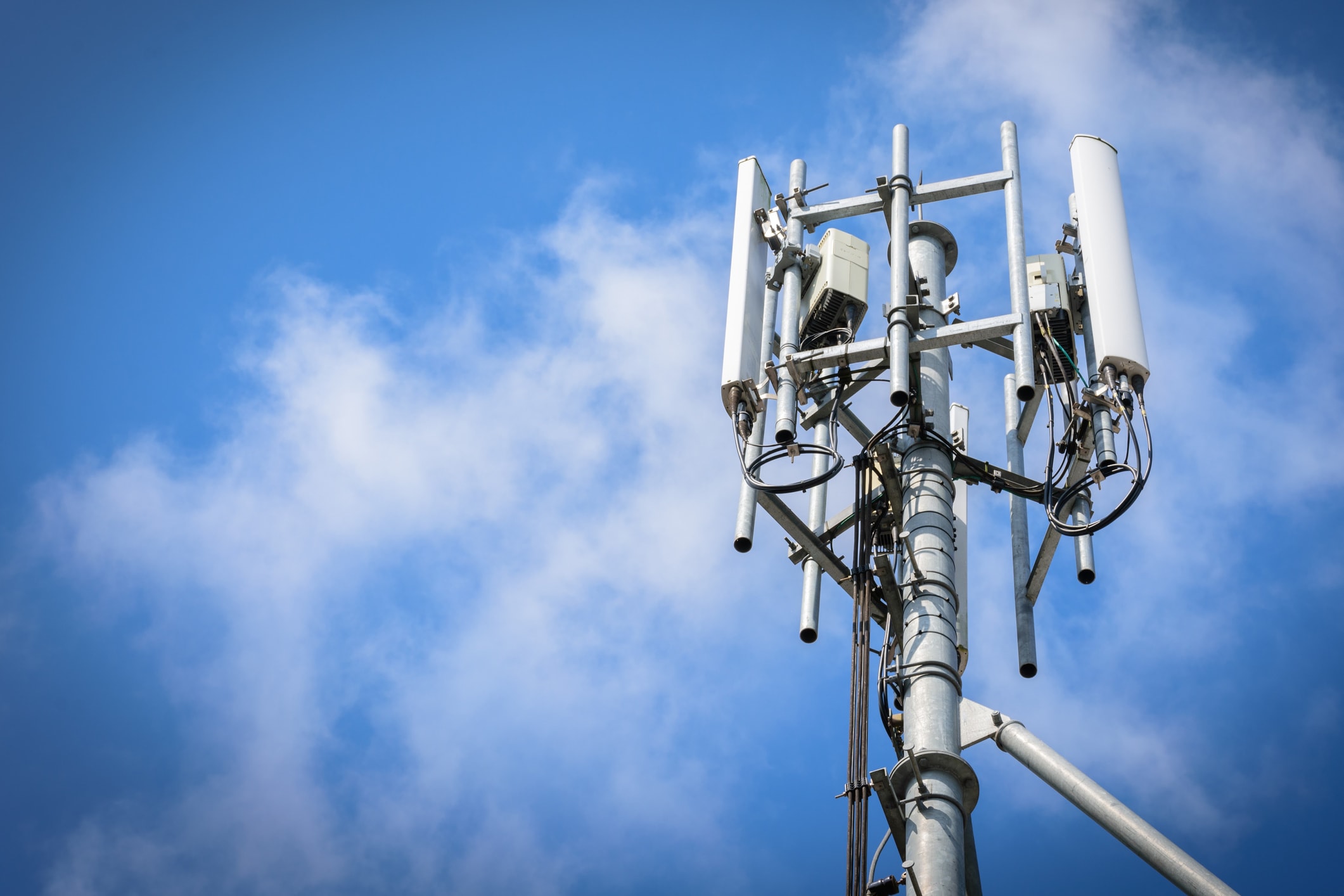If you've ever been through a city, you may have seen tiny mini 5G cell towers on street light poles. They look like small boxes however, they're actually transmitting wireless signals from mobile providers to your phone.
These smaller towers are replacing the larger built cell towers. Although they're not as visible however, they could create problems for those who live nearby.
A of the FCC's Radiation Exposure Thresholds
The FCC's Radiation Exposure Thresholds determine the safe distance that an individual can be exposed to electromagnetic energy generated by wireless devices. The limits of exposure are based on research that show that RF energy can be harmful to human health.
The specific absorption rate (SAR) is a measure of the radiofrequency energy that is taken up by tissues. It's typically 1.6 milliwatts per kilogram spread over a gram of tissue.
Since 5g is able to transmit at higher frequencies, it has the potential to cause greater energy intensity on the skin as well as other body areas. This can result in a wide range of possible harms, such as an increase in appearance of skin disorders like dermatitis, skin cancer and cataracts.
Due to the potential for severe effects of 5g radiation, PSU has chosen to establish a general, localized limits on power density, which is 4mW/cm2 based on the average on 1cm2, and not to exceed 30 minutes, for the entire 5G spectrum at 3000 GHz. This localized limit is consistent with the highest SAR spatial-average of 1.6 W/kg averaged over 1 grams of tissues at six GHz.
The FCC's Maximum Exposure Thresholds for Maximum Exposure
In the event that you've used cell phone, you probably know that the safest location from the tower is around 400 meters. safe distance from cell tower is because the transmitting power of a cell tower increases dramatically the further your location from the tower.
While this sounds like an ideal idea but the truth is that people living in close proximity to towers may actually be more prone to health issues. For instance, a study conducted in 2014 in India found that those who lived within 50 meters of cell towers had significant more health issues than those who lived farther away from the antennas.
However, this study also found that people who moved to areas further away from the cell towers saw their symptoms improve within a few days. Another study has revealed that exposure to high amounts of electromagnetic field radiofrequency (EMFs) could cause cancer, brain tumors as well as other health issues.
This is due to the fact that radiofrequency radiation, used in wireless communication can penetrate the human body's exterior layer, which is the skin. It is crucial to know since the skin functions as a shield against mechanical injury, infection by pathogenic microorganisms, and the entry of harmful substances. Additionally, it is the largest organ in the human body and is responsible for keeping the integrity of other organs.

The FCC's Minimum Exposure Thresholds for the Minimum Exposure
The FCC's Minimum Exposure Thresholds are based on many assumptions that aren't supported by scientific evidence. They include the incorrect assumption that short-term exposures to RF radiation is safe due to the limited radiation penetration in the human body (i.e. the heating of tissues).
This also overlooks the deeper penetration of the ELF components of modulated RF signals and the effects on the body of short bursts generated by RF waves that are pulsed. https://pastebin.pl/view/275283cb do not correspond with the current understanding of biological effects of RF radiation. As such they shouldn't be considered for health protection exposure standards.
Additionally to that, ICNIRP and FCC restrict their maximum exposure limits to local peak SARs based on the maximum speed of spatial absorption (psSAR) that is an inadequate dosimetric tool to determine the degree of radiation exposure. Particularly, psSAR is inaccurate for frequencies above 6 GHz. Additionally, psSAR hasn't been tested for RF radiation with co-exposure to other environmental agents , such as sunlight. In the event of interactions, RF radiation and other environmental agents could result in antagonistic or synergistic impacts. This could result in the risk of having adverse health consequences. For Informative post , exposure to RF radiation along with exposure to sunlight can raise the chance of skin cancer, as well as aggravate other skin conditions like acne.
